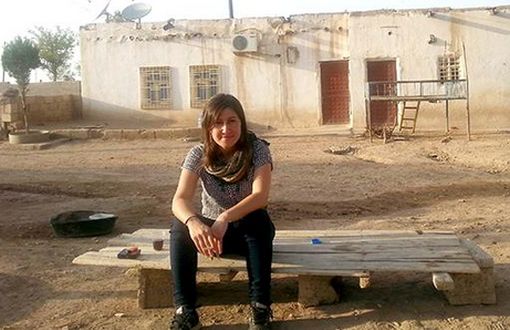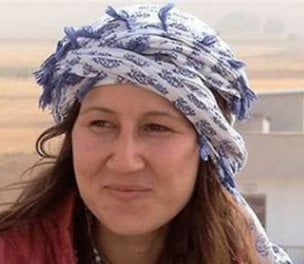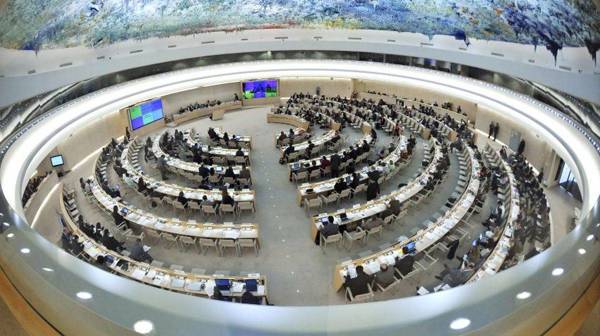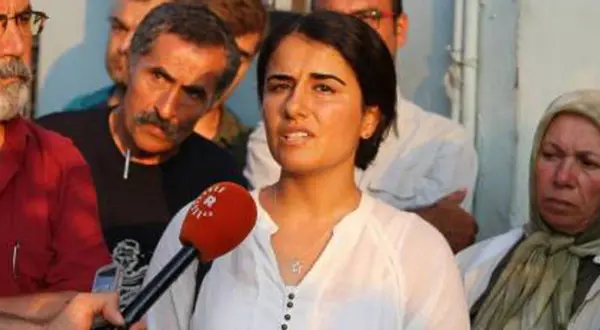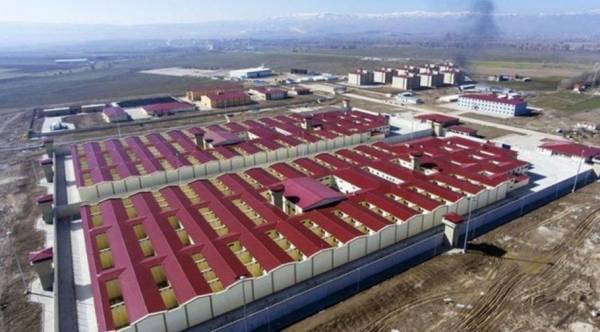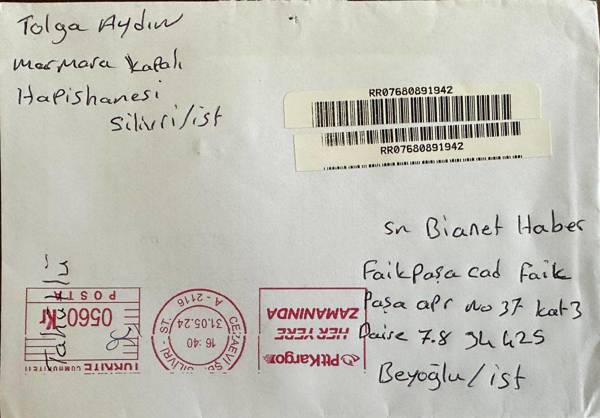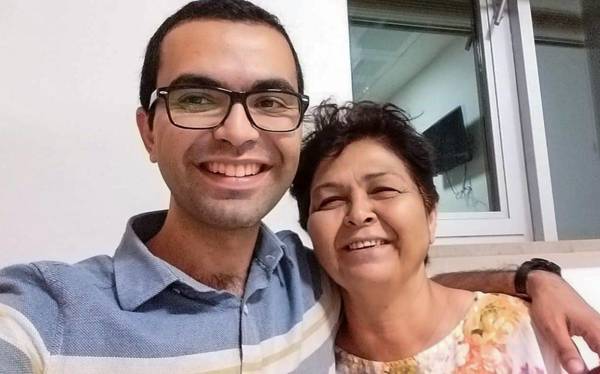Click to read the article in Turkish / Kurdish
Kader Ortakaya (28) was killed when she was trying to cross to Syria's Kurdish town of Kobanê in November 2014 when the town was facing ISIS invasion.
According to a Forensic Medicine Institution report, it became clear that she was shot with a firearm.
After the finding, the opinion of the Specialization Board of the Forensic Medicine Institute was submitted to the Suruç Chief Public Prosecutor's Office, which investigates Ortakaya's death.
Attorney Müslüm Baran told bianet that they submitted a petition to the prosecutor's office requesting the expansion of the investigation and statements to be taken from soldiers who were on duty on the day of the incident. However, he added, the prosecutor's office didn't take any further action after the report after the findings of the forensic examination.
They made an individual application to the Constitutional Court on the grounds that an effective investigation was not carried out and for the revelation of the unlawfulness in the case, he said.
The Battalion Command had denied opening fire
Ortakaya (28), a graduate student at Marmara University, was killed in Suruç district of the mostly Kurdish-populated southeastern province of Urfa on November 6, 2014.
The incident happened while soldiers in the border area were responding to a group of people trying to cross the border.
The Land Forces Command's 3rd Border Regiment 3rd Border Battalion Command stated at the time that the soldiers had not opened fire.
In a writ sent to the prosecutor's office, the command stated that the soldiers had not used any other weapons that tear gas canisters. It had responded to the incidents in the border area using a "Kobra" type armored vehicle, it noted.
The first autopsy
The Sub-Governor's Office of Suruç and the Governor's Office of Urfa also stated that the soldiers had not opened fire and Ortakaya was wounded by "shrapnel."
The medical report prepared at the Suruç Stare Hospital did not include any descriptive information about the injury in the head area.
The woman died as a result of brain damage, brain hemorrhage and skull and skull base fractures possibly caused by shrapnel, according to the first autopsy report.
One of the doctors who carried out the autopsy, Süleyman Konuksever, stated that he didn't agree with the opinion that the fractures were "possibly caused by a shrapnel fragment."
"A weapon with high kinetic energy"
However, the Forensic Medicine Institution concluded that there was no evidence that the woman was killed by "any other traumatic effect other than a cartridge bullet."
The report also stated that "a weapon with high kinetic energy" was used and a bullet was found in the woman's body.
The bullet entered the body from the back of the right shoulder, went through the head and left from the "left frontotemporal zone," according to the report. (AS/VK)





